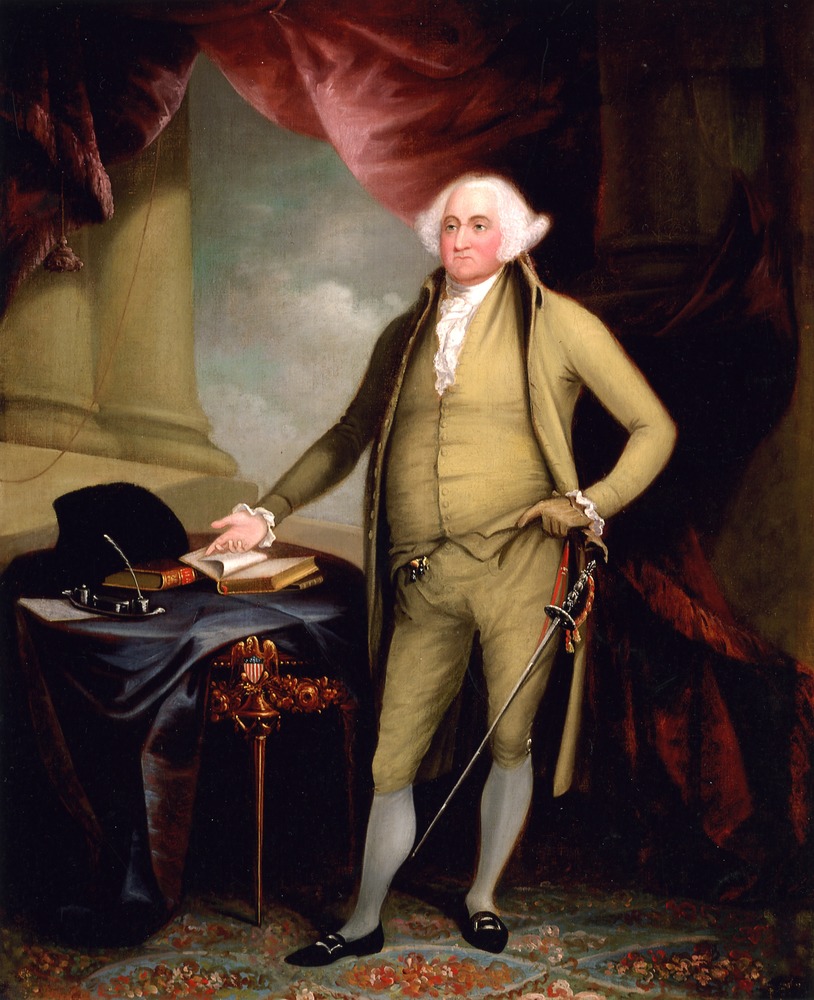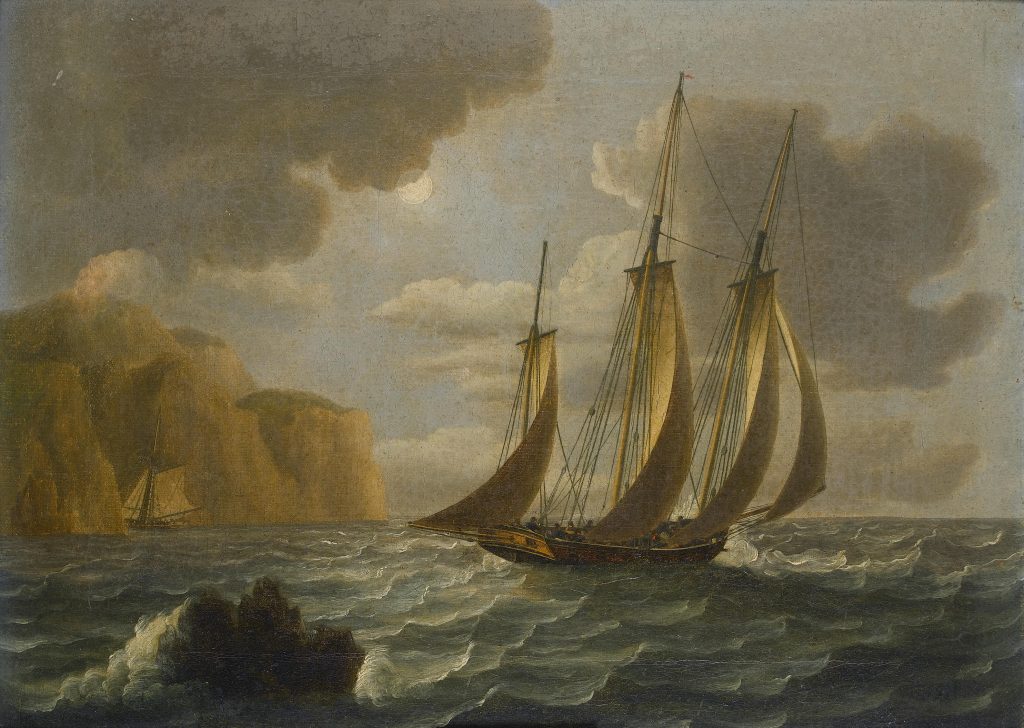by Sara Georgini, Series Editor, The Papers of John Adams
John Adams was nervous. Readying for his 4 March 1797 presidential inauguration, Adams flashed back to his days as a suburban schoolteacher, revolutionary lawyer, and self-taught statesman. The United States, born in the “Minds and Hearts of the People,” did not exist when Adams started out over forty years earlier. Neither did the shiny new role of president. Was he up to the job? “I never in my life felt Such an awful Weight of obligation to devote all my time, and all the forces that remain, to the Public,” he reassured Elbridge Gerry on 20 February 1797.

Brimming with international intrigue, domestic drama, and sly cabinet maneuvers, Volume 22 of The Papers of John Adams provides an insider’s tour of Adams’s tumultuous first year in office. This 59th volume published by the Adams Papers editorial project includes 304 documents that chronicle John Adams’s work from February 1797 to February 1798, revealing a new profile. Of the presidency, Adams vowed in his inaugural address: “It shall be my Strenuous Endeavour.” The popular narrative of Adams’s presidency is that he sidelined an inherited cabinet and chose to set major policy solo. This volume offers a richer and more complex history of a veteran statesman struggling within the bounds of the federal structure that he co-created.
Adams enjoyed just a few celebratory weeks on the job, before a wave of crises hit. Operating within the global upheaval of European war, the second president faced a set of hard trials. French privateers preyed on neutral American commerce. Yellow fever afflicted the federal seat in Philadelphia. Adams labored with Congress to shift money and resources for military preparedness. He drove the point home in his 28 Nov. 1797 note to the Senate: “A mercantile Marine and a military Marine must grow up together: one cannot long exist, without the other.” The Quasi-War loomed. Yet John Adams’s letters reveal an administration stubbornly bent on pursuing a policy of strategic peace—even at great personal and political cost.
Running the nation’s highest office presented fresh challenges for the lifelong public servant. From a glance at his overflowing desk, it seemed like everyone wanted something right now from the new chief: a job, a pardon, some patronage to float a book idea or to fund an invention. “The friends of my youth are generally gone,” Adams lamented to Joseph Ward on 6 April 1797. “The friends of my Early political Life are chiefly departed—of the few that remain, Some have been found on a late occasion Weak, Envious, jealous, and Spiteful, humiliated and mortified and duped Enough by French Finesse, and Jacobinical rascality to Shew it to me and to the world, Others have been found faithful and true, generous and Manly.” Beyond his wife Abigail, whom did he trust? Volume 22 sketches Adams’s widening networks, as he brokered relationships with a cabinet comprised of Charles Lee, James McHenry, Timothy Pickering, and Oliver Wolcott Jr.

Overall, the urgent question of France dominated Adams’s mind. Shipping losses mounted. The country’s small fleet of revenue cutters worked mightily to defend American interests, but Adams knew that it was hard to safeguard the economy without the protection of a professional navy. He strained to salvage a tattered alliance and hold off war. “Commerce has made this Country what it is; and it cannot be destroyed or neglected, without involving the People in Poverty and distress,” Adams told Congress on [22 Nov.] 1797, adding: “I should hold myself guilty of a neglect of Duty, if I forebore to recommend that We Should make every exertion to protect our Commerce, and to place our Country in a Suitable posture of defence, as the only Sure means of preserving both.” The French threat sharpened Adams’s focus on the need for a real navy, with a six-frigate fleet under construction. When the winter froze French cruisers’ chances, Adams mobilized money and congressional support for a major military buildup. Volume 22 supplies a 360-degree experience of how cabinet members debated the future of Franco-American policy.
John Adams sensed his first steps into the presidency marked a final turn in his extraordinary life of service to the American people. “Their Confidence, which has been the Chief Consolation of my Life, is too prescious and Sacred a deposit ever to be considered lightly,” he told the Senate on [15 Feb. 1797]. He was no George Washington, but Washington’s America was changing too. John Adams’s Federalist ideology of tripartite government shaped his policymaking and his popularity; understanding how to preserve liberty while defending the people was his challenge. That history unfolds next in Volumes 23 and 24 of The Papers of John Adams, now underway.
The Adams Papers editorial project at the Massachusetts Historical Society gratefully acknowledges the generous support of our sponsors. Major funding for the Papers of John Adams is provided by the National Endowment for the Humanities, the National Historical Publications and Records Commission, and the Packard Humanities Institute. All letterpress Adams Papers volumes are printed by Harvard University Press.

